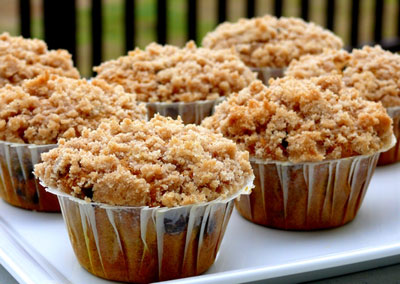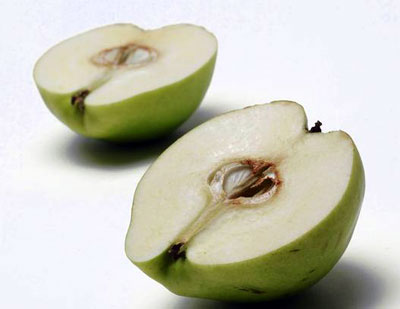 I love this time of year. Temperatures are falling and the leaves are turning golden and orange. It had been a tough year agriculture wise. As harvest approaches next week, we are looking forward to making wine and enjoying the bounty of the season with so many of you who continue to make it all possible.
I love this time of year. Temperatures are falling and the leaves are turning golden and orange. It had been a tough year agriculture wise. As harvest approaches next week, we are looking forward to making wine and enjoying the bounty of the season with so many of you who continue to make it all possible.
And who doesn't love the pumpkin recipes this time of year. I know I do. They are comforting to eat on these very cold days.
This one is particularly yummy and simple to make. My husband and oldest son loved these. Loved them. Pumpkin and chocolate go remarkably well together.
Make these for your October and November get-togethers. They are a sure hit.
I love these baking cups, they are so much nicer and fancier looking than regular cupcake holders. They are in the baking aisle at Walmart.

 If you could only smell these...wow. It's apple pie without all the fuss. It's comfort food. It's home.
If you could only smell these...wow. It's apple pie without all the fuss. It's comfort food. It's home. Is there anything more disappointing in October than biting into what you think will be a crisp, snappy apple only to have your teeth sink into mushy flesh? What do you do? Continue to eat it not to be wasteful, or toss it aside for something else?
Is there anything more disappointing in October than biting into what you think will be a crisp, snappy apple only to have your teeth sink into mushy flesh? What do you do? Continue to eat it not to be wasteful, or toss it aside for something else? At first glance — and even, quite frankly, after extended contemplation — there is little to hint that the quince is one of the most delicious of fall's fruits. It is rough-hewn and blocky in appearance, like someone's first woodworking project gone horribly wrong. And should you make the mistake of taking a bite of it raw, that's kind of how it tastes too.
At first glance — and even, quite frankly, after extended contemplation — there is little to hint that the quince is one of the most delicious of fall's fruits. It is rough-hewn and blocky in appearance, like someone's first woodworking project gone horribly wrong. And should you make the mistake of taking a bite of it raw, that's kind of how it tastes too.

